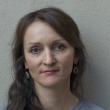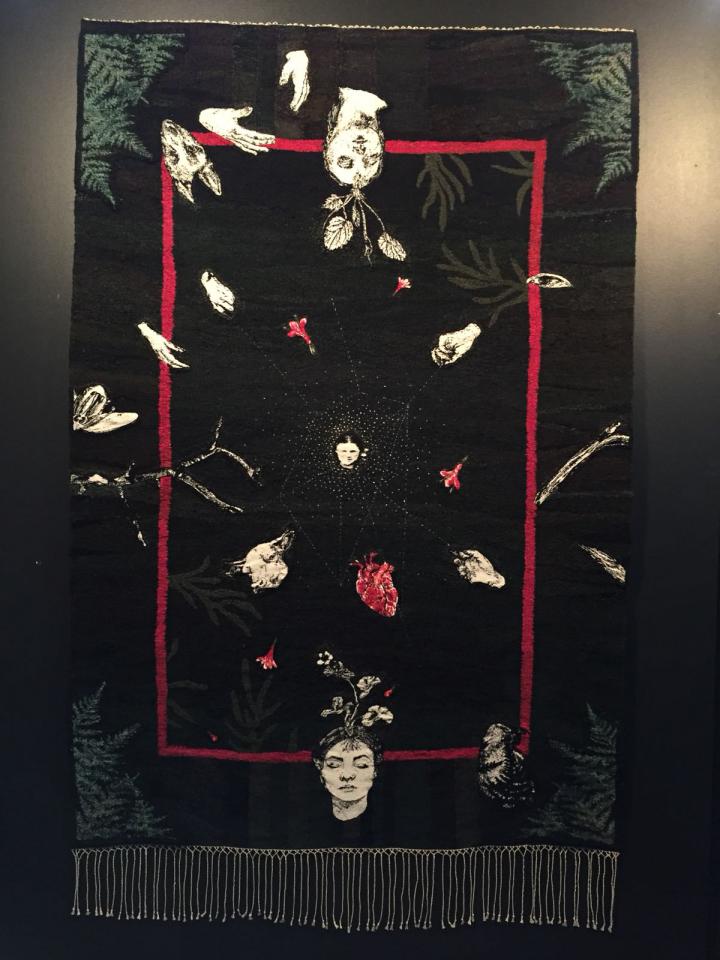About
Students of the Department of Textile Art learn specifics of textile as an interdisciplinary field of art. Up-and-coming textile artists are qualified for independent creative work in art and design. Textile is flexible in both literal and figurative contexts. Fiber art, fabric surface design, three-dimensional objects, classic and experimental tapestry, digital fabric, interior design and exposition design, home textiles and household items – it is just a small part of textile art.
In the Department of Textile Art it is possible to learn different textile techniques such as classic, experimental and digital weaving, felting, textile mosaic, fiber textile; fabric painting and printing techniques, such as batik, monotype, silkscreen printing, digital printing. Students can also create their own author’s technique.
At compositions and other specialty’s subjects it is possible to work with different themes, starting from the basics of composition to in-depth research in students' chosen field and conceptual works.
Students can create 3D objects, collections of fabric and weaving patterns, fiber structures, ready-made objects, design of the textile objects.
In addition to the subjects of the department, students study drawing and painting, gradually learning topics such as still life, interior, portrait, figure and nude.
Simultaneously with specialization courses, students also acquire a balanced range of theoretical subjects that enable them to master art history and contemporary art trends.
ECTS course catalogue I (SPRING) SEMESTER:
BA level 2nd year
BA level 3rd year
MA level 1st year
ECTS course catalogue II (FALL) SEMESTER:
BA level 2nd year
BA level 3rd year
MA level 1st year
MA level 2nd year







































